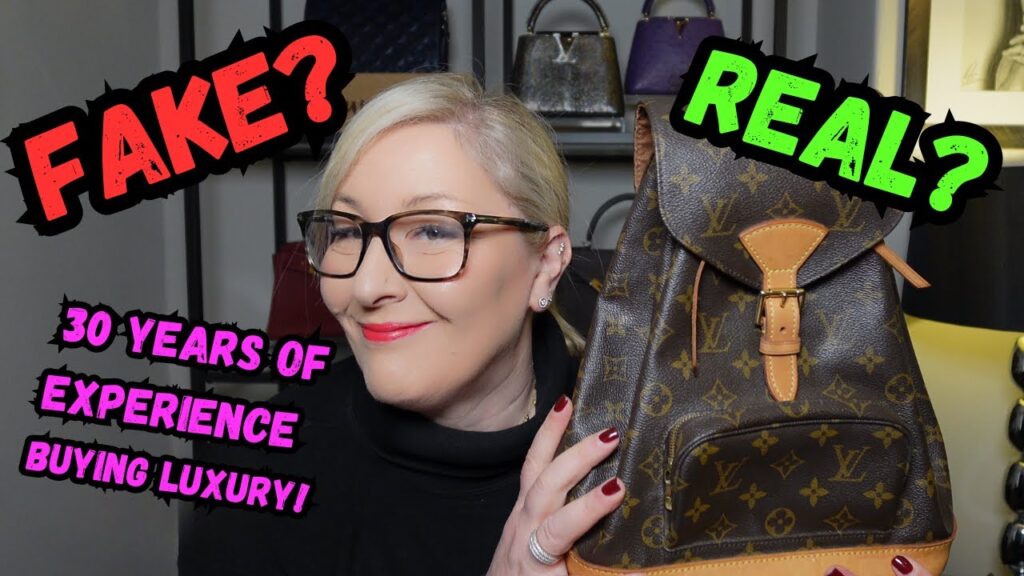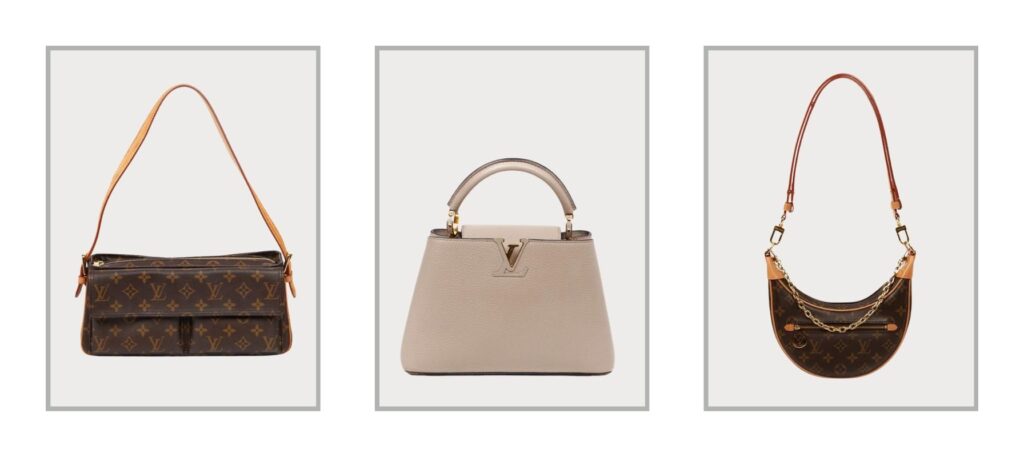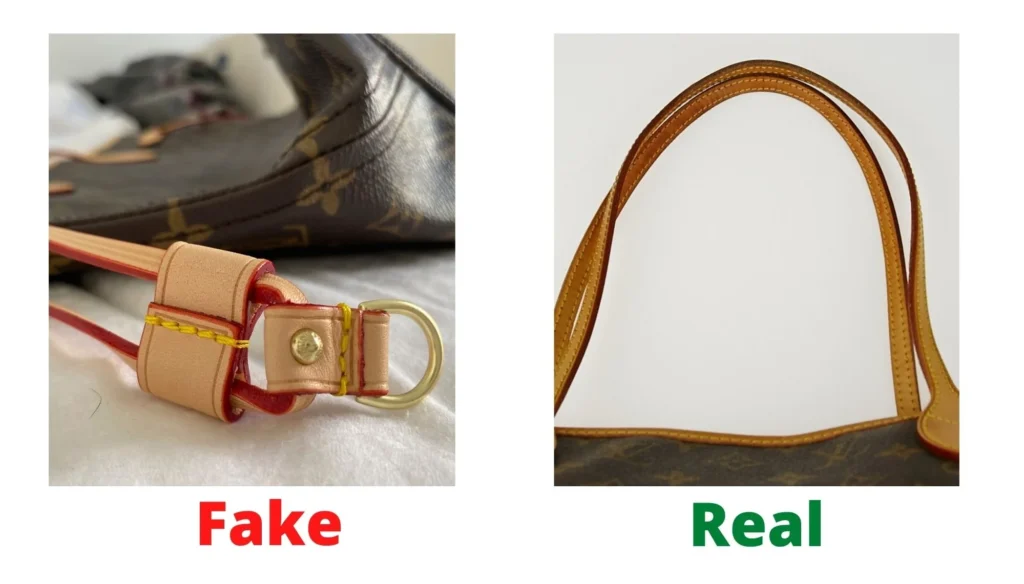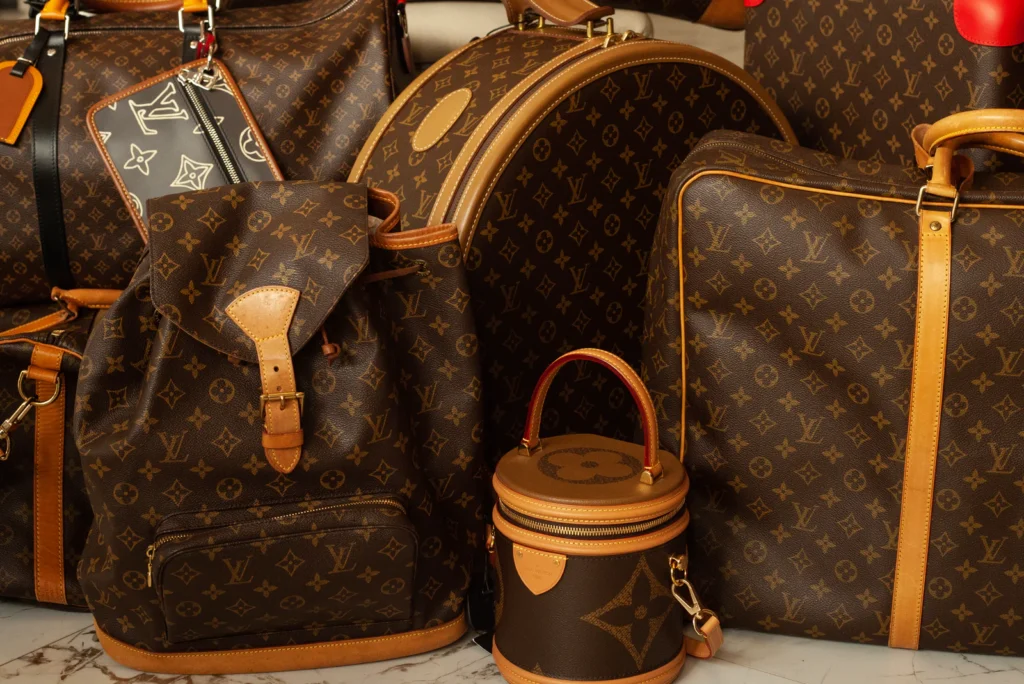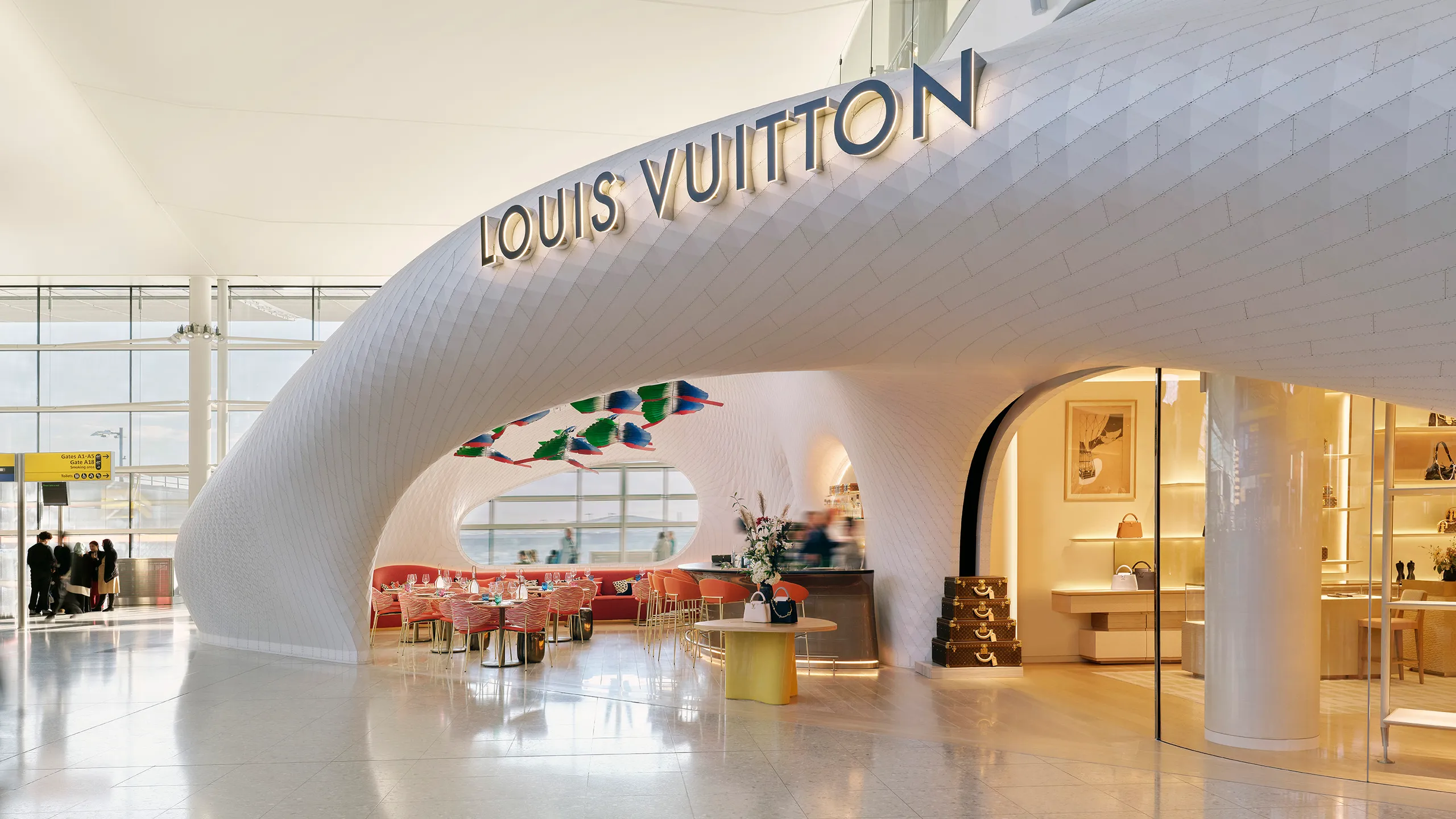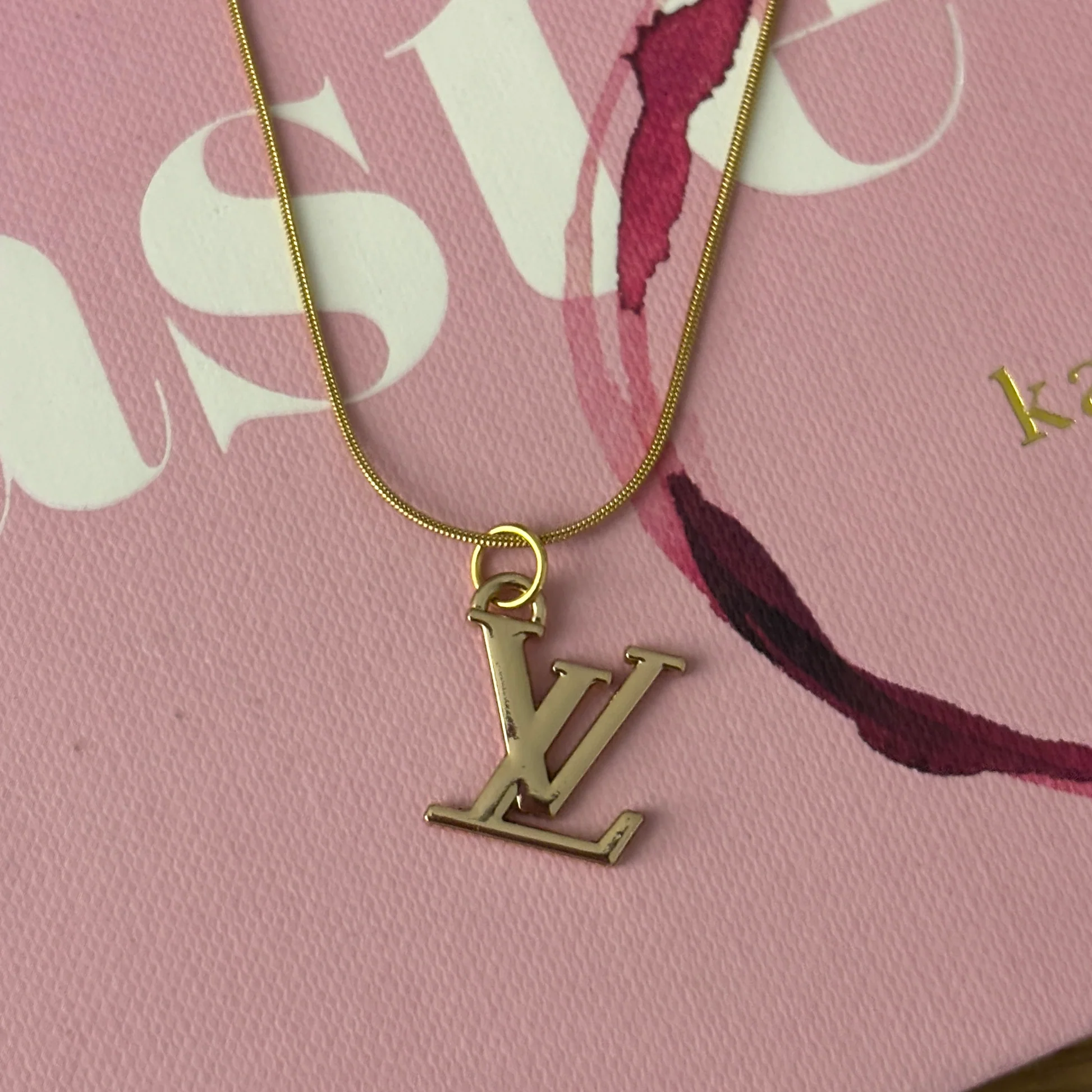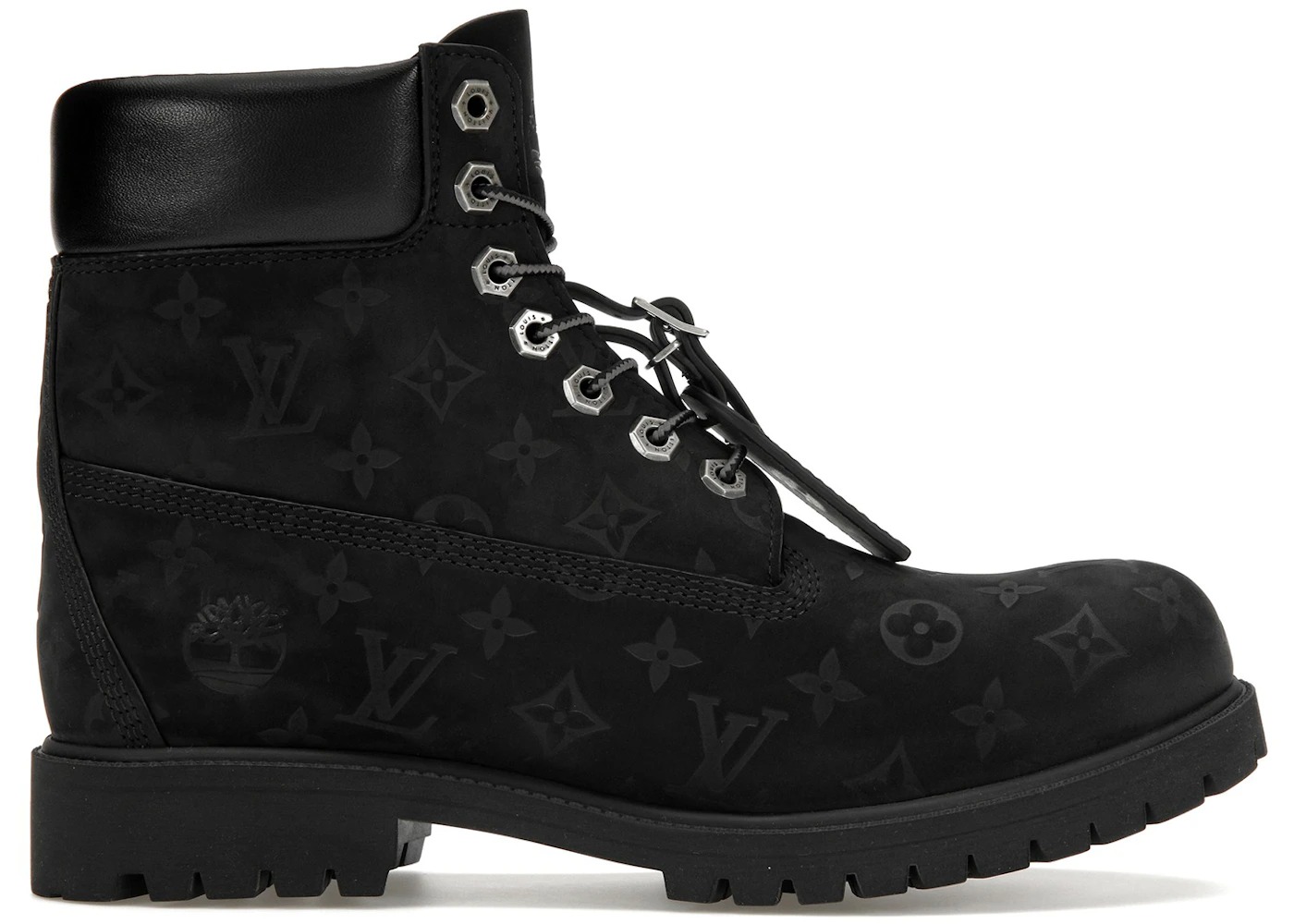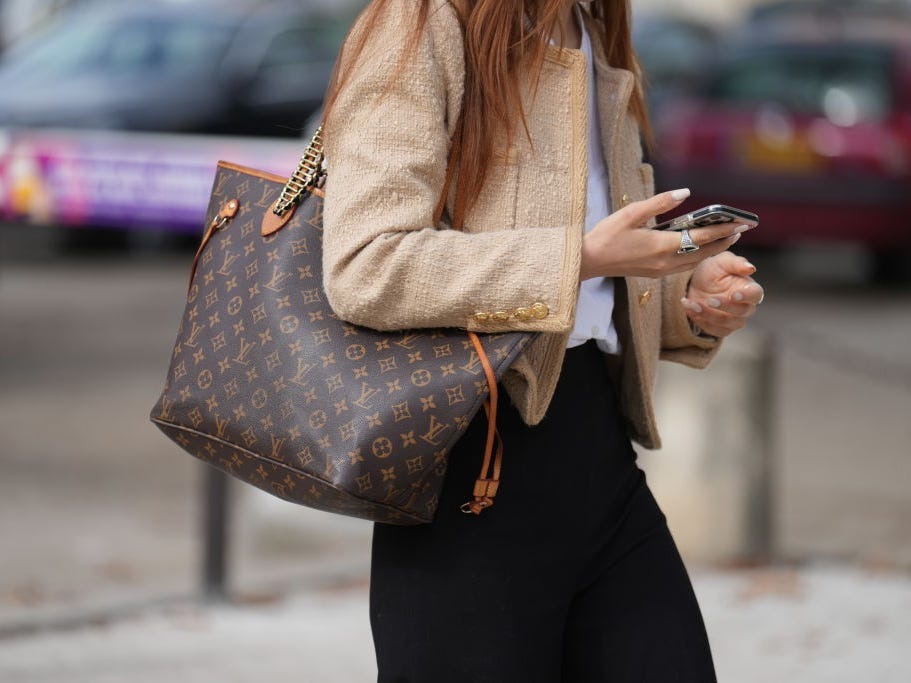Louis Vuitton Not Real – Louis Vuitton, one of the most recognizable luxury brands in the world, stands as a symbol of sophistication, elegance, and exclusivity.
With a history dating back to 1854, the brand has become synonymous with high fashion, quality craftsmanship, and timeless design.
However, with such prestige comes a downside: Louis Vuitton is also one of the most counterfeited brands globally.
The term “Louis Vuitton not real” has become increasingly common in online searches, highlighting the growing concern over fake products and their prevalence in the market.
The Rise of Counterfeit Luxury Goods
The global counterfeit market has exploded over the past two decades. According to reports from the Organisation for Economic Co-operation and Development (OECD), counterfeit and pirated goods account for over 3% of global trade.
Louis Vuitton tops the list of most counterfeited luxury brands, with thousands of fake bags, shoes, belts, and accessories flooding both physical and digital marketplaces.
Why is Louis Vuitton such a target? The answer lies in its iconic status and high price point.
Counterfeiters exploit the brand’s desirability and make cheaper imitations that appeal to consumers wanting the look without the price tag.
Common Indicators of a Fake Louis Vuitton
For anyone concerned about owning a “Louis Vuitton not real” item, knowing what to look for is crucial. Here are some red flags to watch for:
- Price Too Good to Be True
Authentic Louis Vuitton items are never “on sale.” If you come across a “deal” for a brand-new Louis Vuitton bag priced under $500, it’s almost certainly a fake.
- Material Quality
Louis Vuitton products are made with premium materials.
Real leather feels sturdy, soft, and luxurious, while fake leather often feels stiff or plastic-like. Stitching on genuine items is even, tight, and clean.
- Logo and Monogram Placement
The iconic LV monogram is meticulously crafted. On a real item, the logo will be symmetrical and evenly spaced.
In many fakes, the monogram may be off-center, upside down, or cut off at seams.
- Date Codes and Serial Numbers
Louis Vuitton does not use serial numbers but does include date codes that represent where and when the item was made.
These are usually located inside the bag and follow a specific format. Be cautious if the item lacks a date code or has an incorrect one.
- Packaging and Accessories
Real Louis Vuitton packaging is elegant and well-made, with quality dust bags, boxes, and tissue paper. Fake items often come in generic or cheap packaging.
Where Fake Louis Vuitton Items Are Sold
- Online Marketplaces
Websites like eBay, Facebook Marketplace, AliExpress, and even some reseller apps may list counterfeit Louis Vuitton items. While many platforms try to vet sellers, fakes still slip through.
- Street Vendors and Informal Markets
In major cities worldwide, it’s not uncommon to find street vendors selling knockoff Louis Vuitton bags for a fraction of the retail price. These are almost always counterfeit and of poor quality.
- Untrustworthy “Luxury” Websites
Many scam websites mimic the design and branding of Louis Vuitton’s official website.
These sites often offer huge discounts and boast authenticity guarantees, but they are usually fronts for counterfeit sales.
Legal and Ethical Consequences
- Is Buying Fake Louis Vuitton Illegal?
In many countries, knowingly purchasing counterfeit goods is illegal. Importing them, even for personal use, can lead to fines or confiscation. Law enforcement agencies frequently seize fake goods at borders.
- The Hidden Costs of Counterfeits
Buying counterfeit Louis Vuitton products doesn’t just hurt the brand—it fuels a global black market.
This industry is often linked to illegal labor, human trafficking, and even organized crime.
When someone purchases a fake product, they may be unknowingly supporting unethical practices.
- Harming Artists and Designers
Louis Vuitton employs skilled artisans, designers, and craftsmen whose livelihoods depend on the brand’s authenticity and reputation.
Counterfeits devalue their work and undermine the creative efforts behind each real product.
How to Ensure You’re Buying the Real Deal
If you’re considering purchasing a Louis Vuitton item and want to avoid ending up with a “Louis Vuitton not real” piece, follow these steps:
- Buy from Official Retailers
Always purchase from Louis Vuitton stores, the official website, or authorized retailers.
This guarantees authenticity and offers customer service and warranty support.
- Use Reputable Resale Platforms
If buying secondhand, choose reputable resale sites like The RealReal, Fashionphile, or Rebag.
These platforms have strict authentication processes and provide detailed product descriptions.
- Seek Professional Authentication
When in doubt, use a professional authentication service.
Many experts offer digital authentication services for a small fee, ensuring peace of mind before you commit to a purchase.
The Psychology Behind Buying Fake Luxury
Some consumers knowingly buy fake Louis Vuitton items, rationalizing that they are “just as good” as the real ones. For others, it’s about fitting in or projecting a certain image.
However, studies show that wearing counterfeit luxury goods can affect how people are perceived and how they view themselves.
Authenticity, it turns out, is more than just material—it’s also psychological.
Conclusion
“Louis Vuitton not real” is a term that reflects a growing issue in the global fashion world: the proliferation of counterfeit goods.
While fake products may offer a tempting alternative to expensive luxury items, they come at a hidden cost.
Counterfeit Louis Vuitton bags and accessories are often poorly made, support unethical practices, and diminish the value of true craftsmanship.
To preserve the integrity of luxury fashion, consumers must educate themselves, shop responsibly, and understand the broader implications of their purchases.
Authenticity is not just about owning a label—it’s about respecting the artistry, labor, and ethics that come with it.

